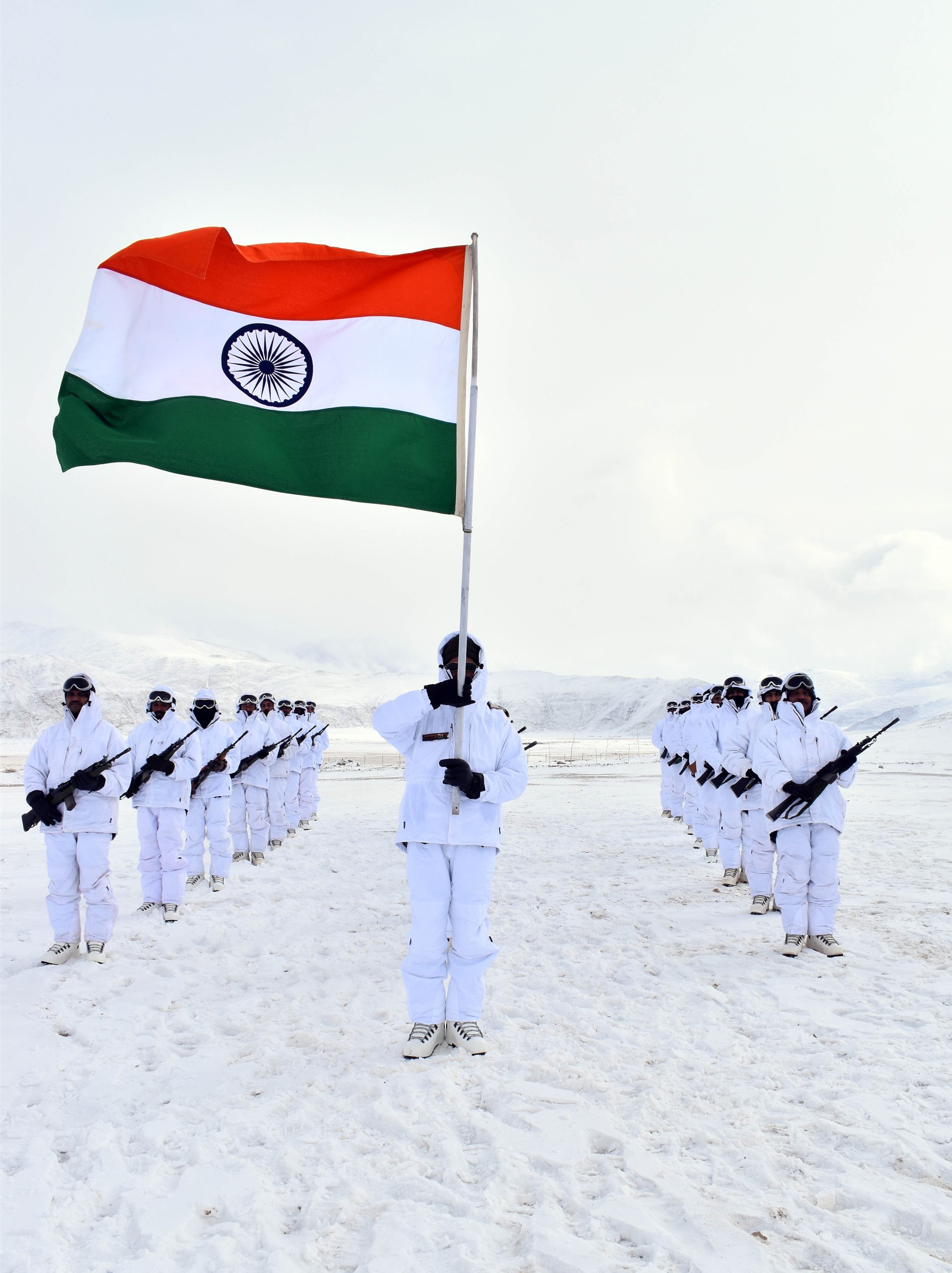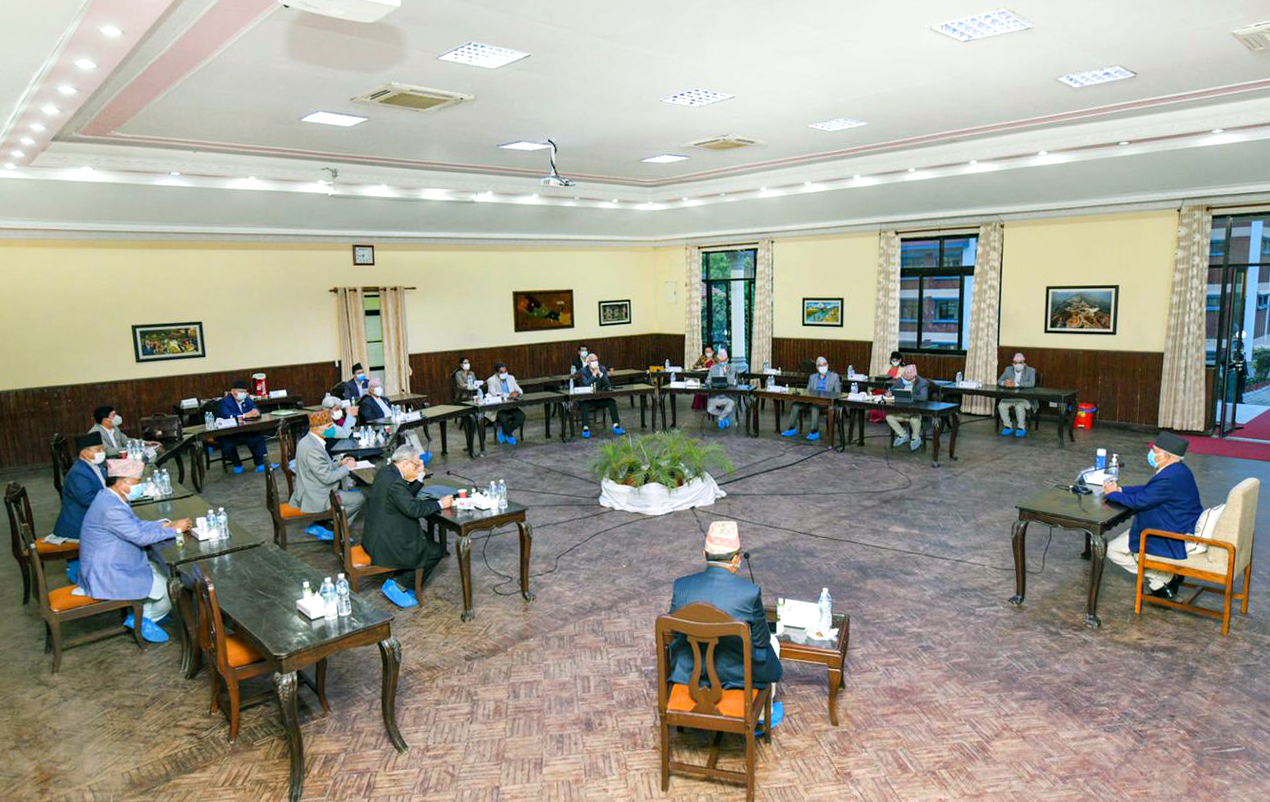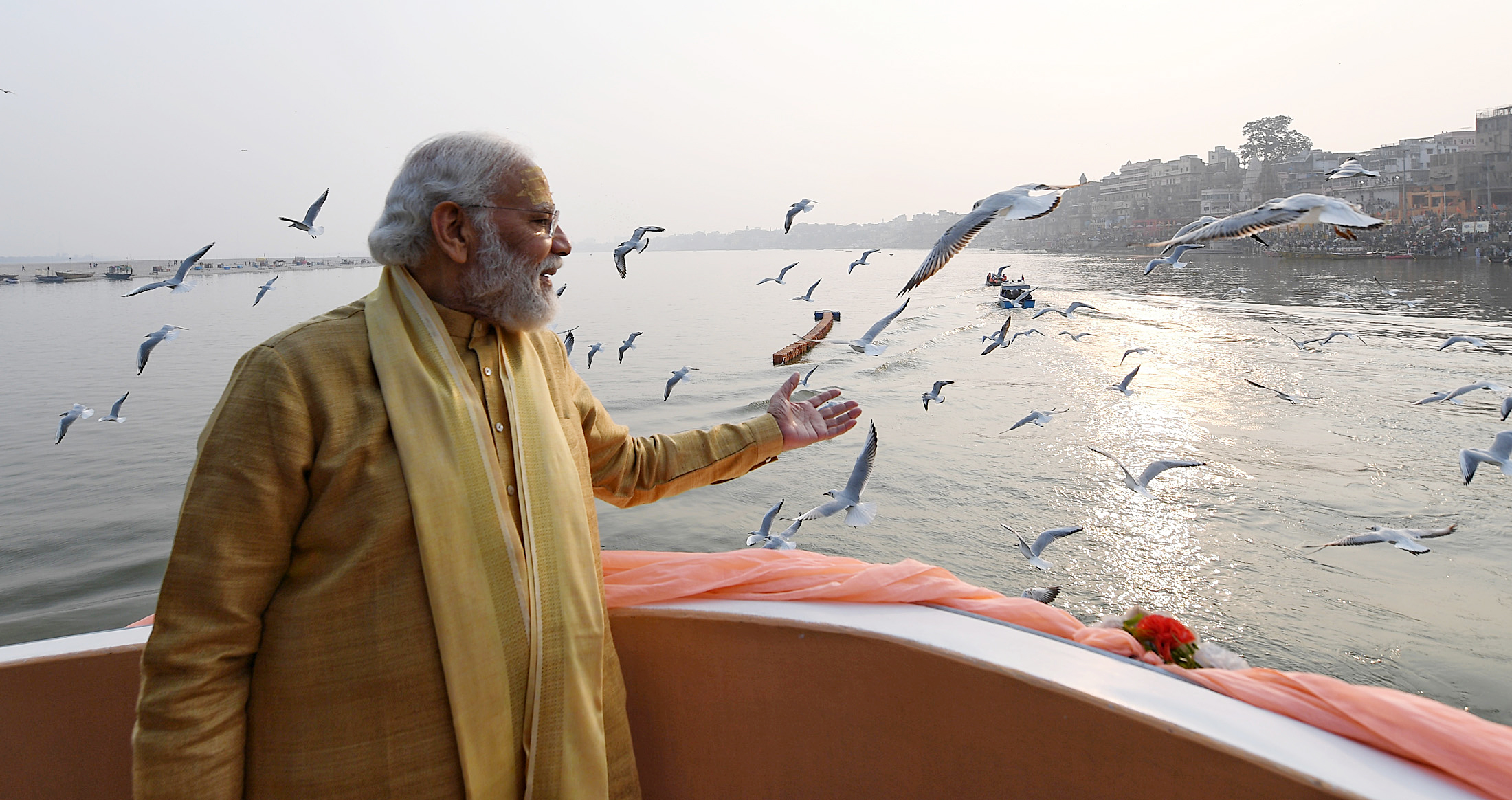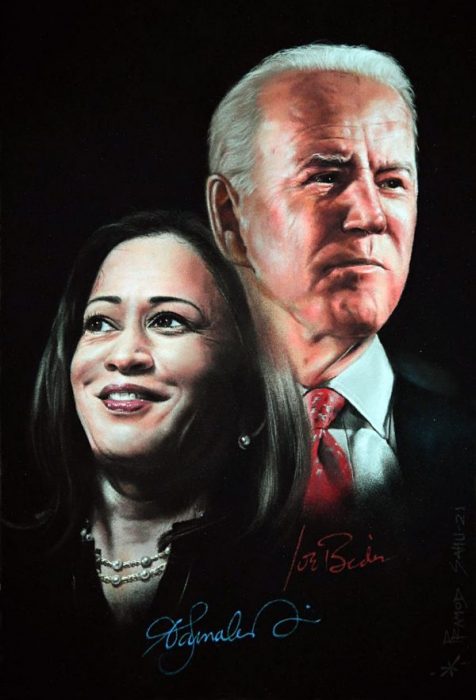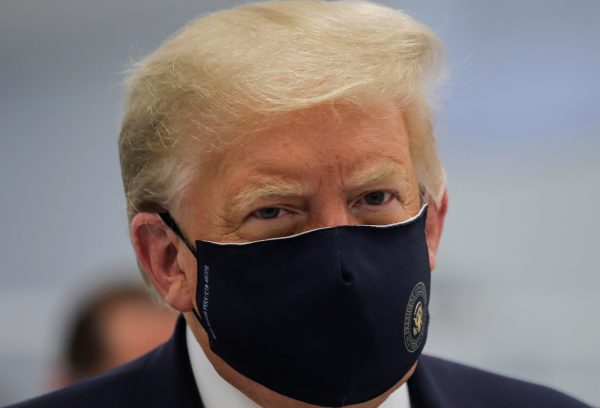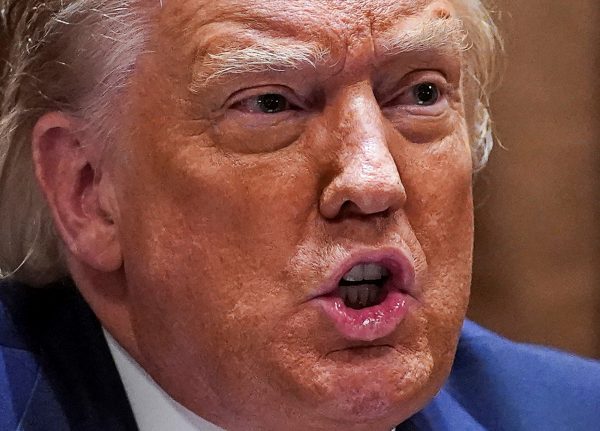December 16, 2020 marks the 50th Vijay Diwas or Victory Day, when the Pakistan Army surrendered to the India-Bangladesh Joint Command, known as Mitra Bahini (Allied Forces). More than 90,000 civilians and soldiers were taken as prisoners of war.
Smruti S. Pattanaik
Bangladesh’s struggle against Pakistan started soon after its creation. The Bengalis rejected the imposition of Urdu as the national language of the newly emerged country—a language spoken by less than two per cent of its population, mainly migrants from Bihar and Uttar Pradesh. Those who argued in favor of Urdu insisted that it was an Islamic language appropriate for the Muslims. However, the Bengalis had a genuine demand—the recognition of their language spoken by the majority constituting 54 per cent of population.
While the language demand was accommodated in the 1956 constitution (which was, however, abrogated after the military takeover in 1958), the East Pakistanis had differences over the official name of the country, namely, the Islamic Republic of Pakistan. They argued that given that the separate state for Muslims has been established, it was not necessary that it has to be called ‘Islamic.’ Also, many Muslim countries in the world did not affix ‘Islamic’ to their formal names. Another major area of difference was regarding separate electorates for the minorities which was not acceptable to the leaders representing East Pakistan in the Constituent Assembly. These differences demonstrated explicitly that the aspirations of the two wings of Pakistan were different.
Bengalis were also underrepresented in the Pakistan Army and the civil services. They continued to remain under-developed in spite of contributing substantially to the national exchequer, primarily through the export earnings from jute. The differences were stark. For instance, by 1969-70, the per capita income in the West was 61 per cent higher than in the East.
Despite all these grievances, the Bengalis participated in the 1970 elections, the first election based on universal adult franchise. Bangabandhu Sheikh Mujibur Rahman and his party, the Awami league, emerged victorious, based on a six-point program—referred to as ‘Charter of Freedom’—which embodied Bengali political aspirations. The mandate was not respected by the Pakistan military regime in conjunction with Zulfikar Ali Bhutto, whose party, the Pakistan Peoples’ Party (PPP), had swept the elections in the Western Wing. The PPP got 81 seats out of 138, while the Awami League won 160 seats in the Eastern Wing, out of 162 it contested.
After the failure of negotiations with the military regime of Yahya Khan to transfer power to the elected leader, Mujib on March 7, 1971 gave the famous speech exhorting the Bengalis to struggle for their ‘liberation’ and ‘independence.’ The military launched a savage crackdown, ‘Operation Search light’, on March 25, targeting unarmed civilians, teachers and students of the Dhaka University campus.
The refugees challenge
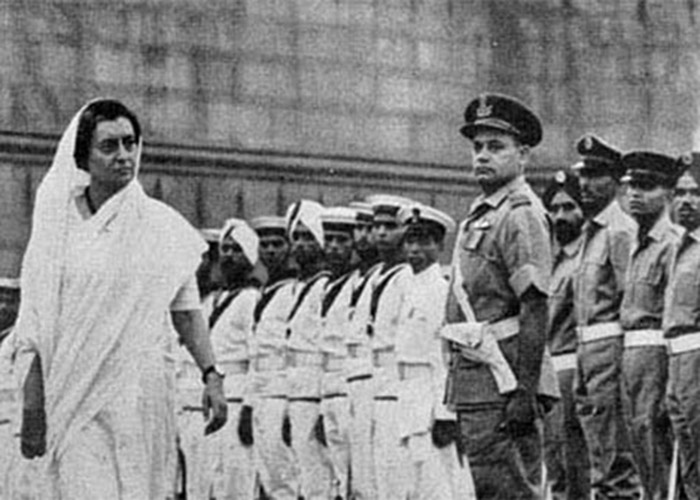
As the Pakistani Army unleashed greater amounts of force to resolve the ‘East Pakistan Crisis’, refugees started trickling in to India. By August 10, 1971, over 75 lakh (7.5 million) refugees from East Pakistan had crossed over to India. The influx of refugees at one point was at the rate of 45,000-60,000 persons per day. An overwhelming number of the refugees were Hindus. The brutality on the Hindu minorities was palpable, as they were singled out in the initial stages, along with Awami League workers. Prime Minister Indira Gandhi stated in Parliament that the refugees were ‘victims of war’ who belonged to all communities.
India did not formally recognise the ‘provisional’ government formed by the elected leaders of the Awami League on April 10, 1971 in Baddayanathtala, a village in Meherpur, Khustia. It did, however, extend support to their endeavours, including funding their trips to convince foreign governments of their struggle and the brutality of the Pakistani military operation. It was felt that giving recognition to the Bangladesh government in exile in the early days of the liberation struggle would fan Pakistan’s propaganda against India.
There was immense pressure from the parliamentarians, especially from Tripura and West Bengal, two states which bore the burden of hosting the refugees. There were 277 camps for refugees set up in Tripura, for instance. Some members of the Lok Sabha, including from the ruling party, demonstrated against the government for not recognizing Bangladesh and were arrested under Section 188 of the Indian Penal Code. At 7 pm, Gandhi pointed out that “what was claimed to be an internal problem of Pakistan, has also become an internal problem of India….”
India made enormous efforts to see that the refugees were sheltered and supported. While the government received foreign assistance to the tune of Rs 50 to 55 crore (500-550 million) by November 1971, a supplementary grant of Rs 200 crores (2 billion) was earmarked up to the end of December 1971. The government informed the parliament that additional resources were being mobilized through “fresh taxation and also by effecting economy both in Plan and non-Plan expenditure.”
The central government’s non-Plan expenditure, for instance, was reduced by 5 per cent. At a conference called by Prime Minister Gandhi in November 1971, chief ministers and governors agreed to take measures to curtail non-essential expenditures in the state budget. The Minister of State in the Ministry of Finance Shri KR Ganesh informed parliament that the government had imposed curbs on filling up of vacant posts, foreign travel, and even use of telephones and staff cars. Additionally, all the Members of the Council of Ministers accepted a cut in their respective salaries.
Even as India took enormous steps to deal with the challenges posed by the refugees, the silence of the world community, especially the United States, was deafening. The US, for instance, continued with supplying arms to Pakistan. The atrocities committed by the Pakistan Army in East Pakistan was viewed as an internal matter of Pakistan. At the United Nations, in a resolution passed on December 7, over 100 nations voted to stop the war between India and Pakistan. India only won backing from the Soviet Union, a few countries in the Soviet camp, apart from neighbouring Bhutan.
As K. Subrahmanyam and Mohammad Ayoob note, an overwhelming number of nations which voted to stop the India Pakistan war and the liberation of Bangladesh, on the basis of ‘peace at any price’, had populations significantly less than the number of refugees who fled from the country. Bass states that the voting in the UN General Assembly reflected “worldwide repudiation of India’s case for liberating Bangladesh”.
The aftermath
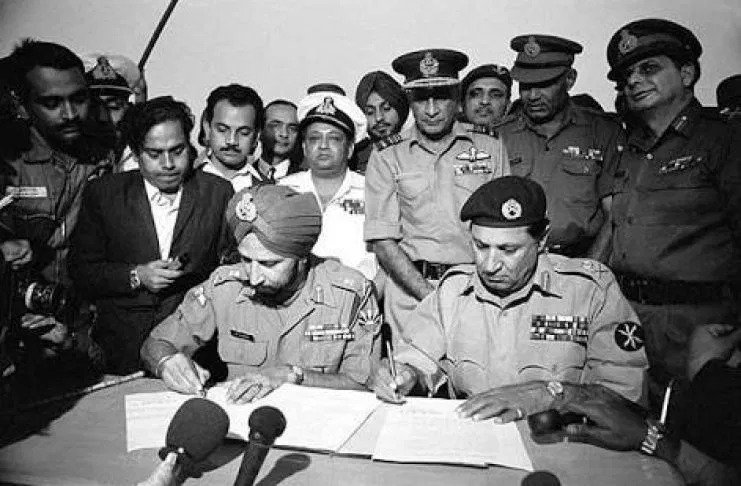
Three million Bengalis lost their lives and more than 200,000 women were raped. Intellectuals who could have played a significant role in guiding and shaping the politics of the liberated country were butchered on December 14, just before the surrender of the Pakistan Army. More than 2,000 Indian soldiers laid down their lives. There was large scale destruction of property in the loot and plunder unleased by the Pakistan Army.
After Mujib was released from the jail by Bhutto, he was sent to London in a PIA aircraft. From there, he travelled to his liberated country via Delhi. In a brief stopover at Delhi, Mujib, stated that he came “to pay personal tribute to the best friends of my people, the people of India” for working tirelessly in “this journey from darkness to light; from captivity to freedom; from desolation to hope.” While visiting Calcutta during his first state visit to India in February 1972, soon after taking over as the Prime Minister of Bangladesh, Rahman pointed out that India and Bangladesh “fought together in defence of human liberty”.
To a large extent, Bangladesh has closed one of the painful chapters in its history by addressing the long pending issue of trial of war criminals who collaborated with the Pakistan Army. India and Bangladesh meanwhile have crossed many hurdles in the past 50 years. The land boundary has been demarcated and ratified, while the maritime boundary has been settled. A Joint Consultative Committee at the level of Foreign Minister constantly reviews the strength of the bilateral ties.
Both countries are making efforts to re-establish the connectivity that existed between them prior to the 1947 partition, ease trade barriers and ensure no loss of lives at the border—an issue that has emerged as a major irritant in the bilateral relations. Not only a spirit of partnership but a spirit of liberation continues to guide the India-Bangladesh bilateral relations, aptly described by Prime Minister Narendra Modi on March 18, 2020, in his video message to the people of Bangladesh to mark the birth centenary celebrations of Sheikh Mujibur Rahman, as Shonali Adhaya (‘Golden Chapter’).
Smruti S. Pattanaik is Research Fellow at the Manohar Parrikar Institute for Defence Studies and Analyses, New Delhi. Views expressed are of the author and do not necessarily reflect the views of the Manohar Parrikar IDSA or of the Government of India. This is the abridged version of the article which appeared first in the Comment section of the website (www.idsa.in) of Manohar Parrikar Institute for Defense Studies and Analyses, New Delhi on December 16, 2020.

















